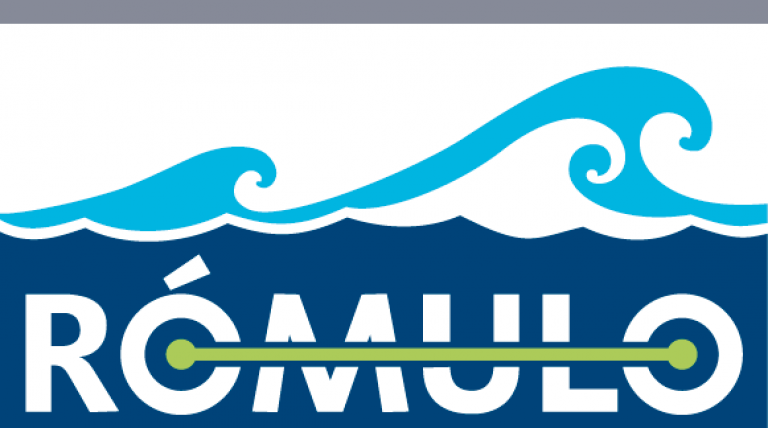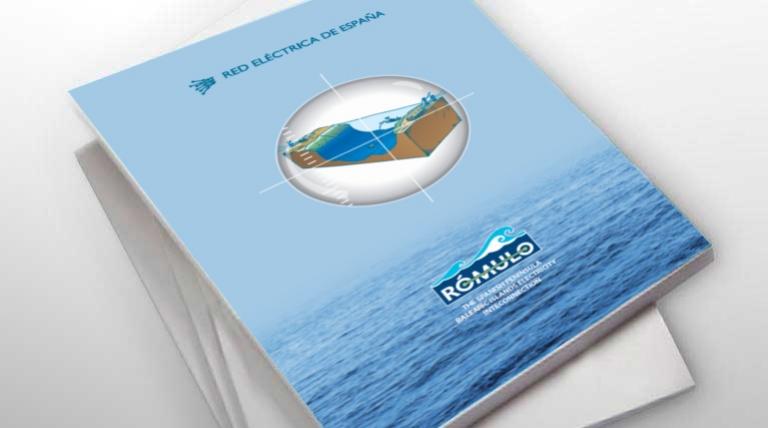Romulo Project
Romulo Project
Rómulo Project
This interconnection represents the largest investment ever made by Red Eléctrica in one single project (420 million euros) and its development has represented a milestone, of world reference, due to its unique nature and technical complexity, which has demonstrated the remarkable technological capacity of the Company.
The electricity interconnection between the Spanish peninsula and the Balearic Islands is a project which is key to ensuring and improving the reliability of the electricity supply of the Balearic Islands’ system, given its unique nature, having 2 small subsystems and being isolated, from an electricity standpoint. This project will additionally enable the integration of the Balearic Islands’ electricity system into the Iberian electricity market, therefore establishing a competitive generation market on the Islands.
After its commissioning in late 2011, and after having successfully completed the pertinent tests, this facility became fully operational in August 2012. During its first year of operation, the link has provided an average contribution of almost 30% of overall consumption of the Balearic Islands’ system, reaching 40% at given moments throughout the period. The link has met and exceeded initial targets as to the quality and security of supply and reduction of system costs. From an environmental point of view, the results of this first year have represented a reduction of emissions from electricity generation of 285,000 tonnes of CO2 equivalent.
Main technical characteristics of the project:
- High voltage submarine interconnection of ±250 kV, comprising of three cables (one return cable) of 237 km in length. This project has been carried out using direct current technology given the distances involved and the power capacity necessary for this interconnection.
- It runs at a maximum depth of 1,485 metres. At present, this depth is only surpassed by the link between Sardinia and the Italian peninsula which runs at 1,600 metres.
- The underwater laying of the cables was carried out by means of a remotely controlled vehicle to ensure their correct positioning on the seabed.
- Near to the coast, the laying of the cable was performed by means of floats, auxiliary vessels and divers and in deeper areas (up to 1,000 metres) special submarine vehicles were used for the burying of the cables via the excavation of trenches by means of high pressure water jets, so as to prevent possible damage to the cables derived from trawling and anchorages.
- Construction of two converter stations: Morvedre 400 kV, in Sagunto (Valencia), and Santa Ponsa 220 kV, in Calviá (Majorca). Both stations are necessary to transform the alternating current voltage that flows through the transmission grid into direct current, so that given the great length of the cable this allows optimal transmission conditions through the submarine cable thus reducing energy losses.
- Construction of underground sections of just over 3 km in length at each end to connect with the converter stations.
- Installation of fibre optic cables, with the electricity cables, to guarantee communications at both ends.
Maximum respect for the environment:
- Archaeological sites and fish farms have been avoided and the impact on protected flora and fauna was minimised, as well as the effect on fishing and the tourism sector.
- The route of the cables and its protection system were specially selected to protect the Posidonia oceanic meadows, a species of flora endemic to the Mediterranean Sea, protected at a European level, so as to guarantee its conservation.

